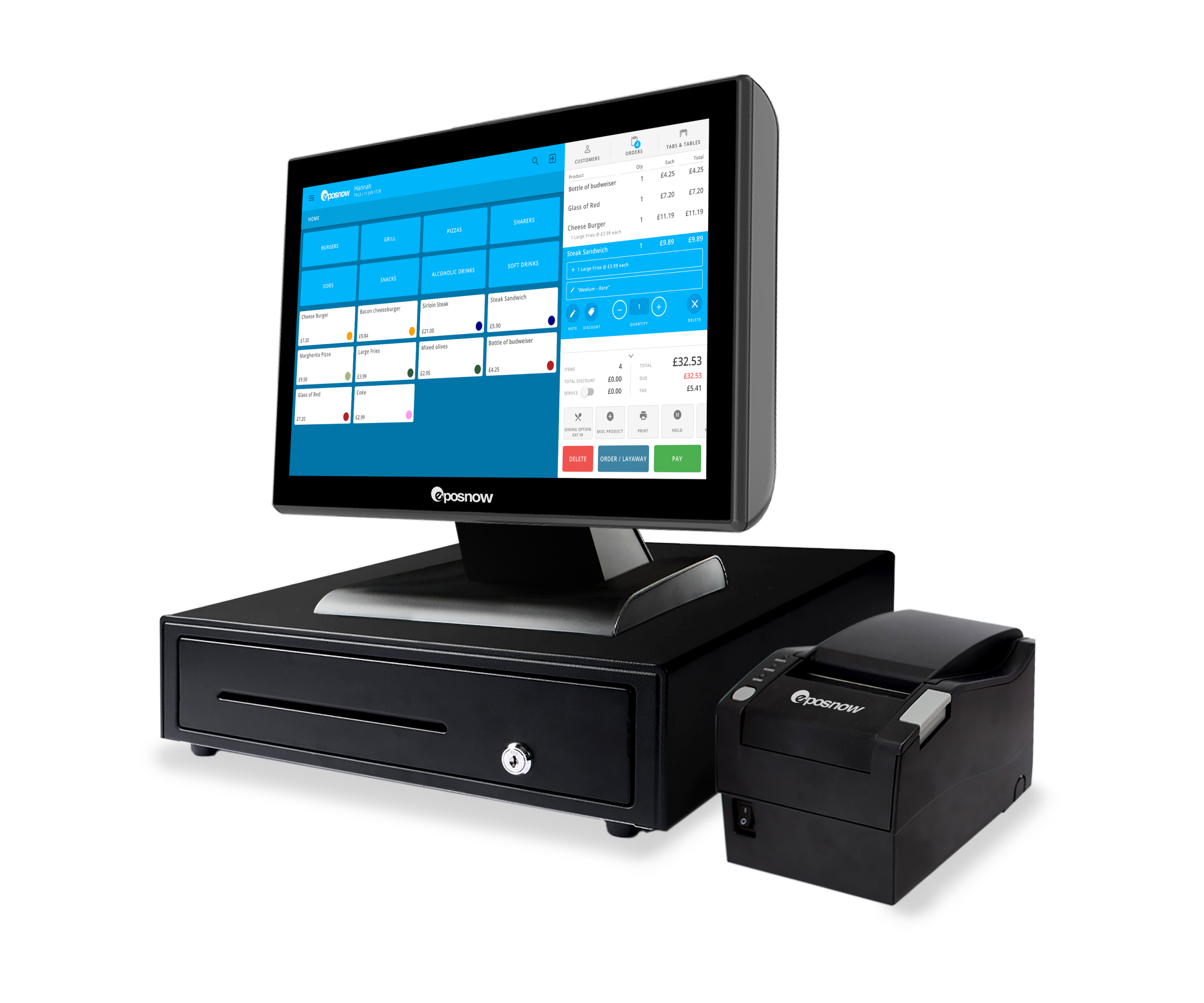How an Omnichannel Approach to Retail Can Help You Optimise Your Sales
Omnichannel marketing isn’t just another retail buzzword. When done correctly, it can add an incredible amount of visibility and value to your business.
While it’s always a little intimidating to embrace a new way of doing things, it’s worth exploring how best to run your business in today’s increasingly interconnected world.
In this blog, we’ll be explaining what taking an omnichannel approach means, the benefits of doing it, and how you can apply omnichannel action to your business.
What is an omnichannel approach?
In simple terms, omnichannel commerce is when merchants offer their customers multiple platform options for buying goods and services. Though on different platforms, each option is designed to deliver a consistent brand and shopping experience.
This concept is similar to multichannel retail, where customers can purchase from a business both via their website, social media and in a brick and mortar store. With omnichannel, operations focus on a comprehensive customer experience, not the customer’s individual experiences on different channels.
The omnichannel approach sits alongside other forms of commerce, such as single-channel and multichannel. It can be seen as an evolution of these forms of commerce with a bigger focus on overall customer experience.
Here is a quick explanation of single-channel and multichannel commerce:
- Single-channel commerce is when retailers sell via one channel only. It could be a physical store, an e-commerce website, social media, or an online marketplace like Depop or Amazon.
- Multichannel commerce is when merchants sell in a few different places, usually online and offline. Multichannel also means communicating with customers in various ways, such as through a website or phone.

Gain all the advantages of an EPOS system with detailed, flexible, downloadable reports, and so much more:
- Manage and update products quickly with easy-to-use software
- Expand your business into multiple channels and integrate with a variety of online platforms
- Manage multiple locations and salespoints with multi-site management
- Keep queues short with streamlined, modifiable sales processes
- Choose a setup that suits you with software and hardware options
Four pillar approach to omnichannel
When implementing omnichannel commerce, you should adhere to the four-pillar approach. These four pillars include sales channels, marketing and advertising, operations, and fulfillment. These elements link together to provide the best possible omnichannel customer service.
Sales channels
It’s important to select sales channels that are right for your business. You’ll want to consider your customer demographic, their age, geographical location, where they like to shop, and where they’d expect to find your services. Some places you might want to sell include:
- A physical store, or anywhere you can use a POS
- A business website with ecommerce integration
- Social media
- A dedicated app
- Online marketplaces like eBay or Amazon
- B2B/wholesalers
Not only does having multiple channels in operation help brand awareness, but it serves as a backup, should anything go wrong. Since Instagram and Facebook are owned by the same company, for example, having another platform available adds an extra layer of security for businesses.
Of course, retailers have to move with the times and adjust to sales channel trends. Some channels pick up rapidly. Therefore, monitoring the growth and success of competitors’ strategies may be useful before deciding to invest in development on a particular channel.
Marketing and advertising
Organic website growth can be challenging, especially for new businesses. Just as choosing the right platform to sell is vital, so is choosing the right place to advertise.
Visibility and increasing brand awareness are good. However, it can be expensive to invest in marketing on a platform that just doesn’t appeal to your customers. It’s important to meet your customers where they are, on the channels they like to frequent.
For example, clothing brands that target people aged 14-24 would have a lot more success advertising on platforms like TikTok, Instagram, or Snapchat, since those platforms are more popular with that demographic. It’s unlikely that they’ll reach the kind of clientele they’re after on LinkedIn, so investing resources into advertising there would be quite pointless.
Going a step further, and choosing to sell on these platforms, rather than just advertising there, is what elevates a business from being multichannel, to being omnichannel.
Operations
Operations cover everything in your back office, including lead generation, costs, CMS, inventory ordering, electronic point of sale, logistics, order fulfilment, and sales channels. In omnichannel, having fully integrated operations is pivotal.
Robust inventory management is critical for omnichannel businesses. Since stock is sold across multiple locations, merchants have to know exactly what is available, and in what quantities. A retail POS system that automatically deducts as items sell in real-time is ideal and will ensure smooth operations when facing a large volume of sales.
Shipping and fulfilment
The fourth pillar is order fulfilment. Order fulfilment is notably simplified in brick and mortar stores. When selling online, order completion and shipment requires a lot of planning and is often much costlier than selling goods in person.
Often merchants will charge customers for shipping, yet this can be marked up or down depending on the negotiated rate with various couriers. Third-party logistics companies work with retailers to find an agreed price, often rewarding bulk shipments or exclusive partnerships for a discount.
Benefits of omnichannel retail
There are myriad benefits to using omnichannel retail in your business. Here are just a few of them:
- Once your ecommerce website is integrated with an order processing system, there is very little maintenance or staffing required. No need to spend time having lengthy sales conversations if the adequate information is online. There is no need for customers to queue, as multiple patrons can purchase online without speaking to a staff member.
- Make money any time, as customers can buy online, 24/7. With reliable payment processing, money will automatically be sent to your account without you having to do anything.
- Increase visibility and convenience by advertising on a platform and allowing customers to buy from the same place without navigating elsewhere.
- Track the shopping habits of customers with ease. Link your e-commerce platform with your POS for a better insight into which platforms generate the most traffic or sales, and spend your marketing budget more efficiently.
Streamlined omnichannel experience with powerful POS
The Epos Now POS system is designed specifically for merchants seeking an innovative, comprehensive business management system. The multi-functional POS software includes detailed inventory management, realtime business reports, an app store of incredible integrations and more.
If you’re interested in finding out more about Epos Now, get in touch with our expert team below.




